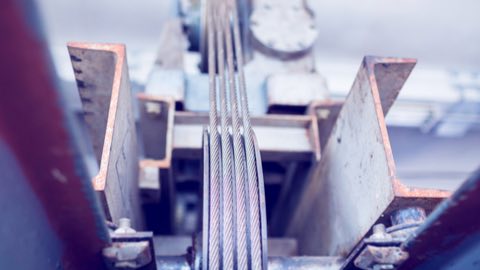
Researchers with the U.S. Army’s Combat Capabilities Development Command’s Army Research Laboratory and Texas A&M University have developed a tool that will enable Future Vertical Lift vehicles to change shape during different phases of flight.
“Consider an [Intelligence, Surveillance and Reconnaissance] mission where the vehicle needs to get quickly to station, or dash, and then attempt to stay on station for as long as possible, or loiter,” said Dr. Francis Phillips, an aerospace engineer at the laboratory. “During dash segments, short wings are desirable in order to go fast and be more maneuverable, but for loiter segments, long wings are desirable in order to enable low power, high endurance flight.”
The researchers’ two-year study in fluid-structure interaction looked at the structural optimization of a vehicle capable of such morphing, while also accounting for the deformation of the wings due to the fluid-structure interaction.
“One concern with morphing vehicles is striking a balance between sufficient bending stiffness and softness to enable to morphing,” Phillips said. “If the wing bends too much, then the theoretical benefits of the morphing could be negated and also could lead to control issues and instabilities.”
Fluid-structure interaction analyses typically require coupling between a fluid and a structural solver, leading to high computational costs. The team developed a process that decouples the fluid and structural solvers that greatly reduced this cost. This decoupled approach also allows for the analysis of additional structural configurations to be performed without re-analyzing the fluid.
“This research will have a direct impact on the ability to generate vehicles for the future war fighter,” Phillips said. “By reducing the computational cost for fluid-structure interaction analysis, structural optimization of future vertical lift vehicles can be accomplished in a much shorter time-frame.”
